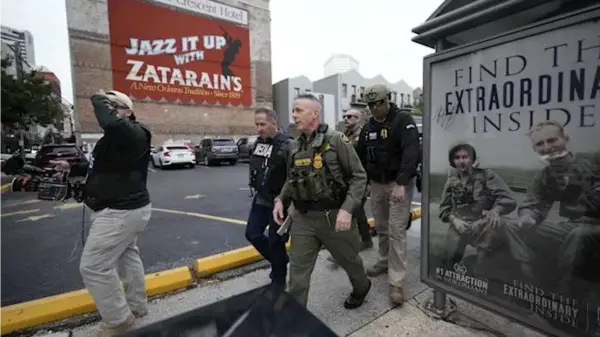The art of creating memorable film effects has evolved significantly over the decades, transforming the way audiences experience cinema. A recent video explores the ingenious methods behind some of the most unforgettable effects in classic films, shedding light on the creativity and technical skill that brought these dramatic sequences to life.
Innovative Techniques in Early Cinema
Starting with “The Rains Came” (1939), filmmakers utilized a combination of miniatures, matte paintings, rear projection, and stunt work to depict a devastating flood caused by an earthquake. The sequence was filmed at night to conceal seams in the visuals. A massive sound stage at 20th Century Fox housed a 50,000-gallon tank, with a total of 14 cameras capturing the action. This elaborate setup took up half of the film’s 100 shooting days and ultimately won the Oscar for Best Special Effects.
Next, the video highlights “Green Dolphin Street” (1947), which featured earthquake destruction achieved through shaker floors and spring-mounted cliff miniatures. The film combined rear projection with live-action stunts to evoke the sensation of ground splitting beneath the actors. The visual impact was enhanced using dry Gibson powder for dust, while miniatures of varying scales added depth to the scenes. A standout moment involved a 40-foot high cliff miniature with real water, creating a striking flood sequence that remains convincing even today.
The Rise of Disaster Films
The disaster genre of the 1970s elevated the scale of film effects. In “The Towering Inferno” (1974), filmmakers relied on miniature buildings engulfed in flames, complemented by real fire and explosions. Custom dump tanks unleashed 800 gallons of water at once, creating chaos for stunt performers. Similarly, “Earthquake” (1974) showcased 1/6 scale models of Los Angeles landmarks, which were destroyed using piano wire, explosives, and falling debris. Full-scale facades were also rigged to collapse with actors in place.
To heighten the viewer’s experience, theaters introduced “Sensurround,” large subwoofers that vibrated the seating, immersing audiences in the film’s intensity.
Filmmakers continued to explore new frontiers in effects with “Backdraft” (1991). Director Ron Howard’s team initially experimented with computer-generated fire but found it lacking in realism. Instead, they focused on fuel mixes to achieve the desired look. A specially designed rig named “Big Bertha” produced dramatic walls of fire, while slow-motion techniques and inverted sets allowed flames to crawl across ceilings. Actors, including Kurt Russell and William Baldwin, performed stunts above live flames, with Baldwin even being ignited for a shot. The film’s authenticity stemmed from capturing the unpredictable behavior of real fire.
Moving into the realm of science fiction, “Stargate” (1994) employed innovative techniques to create its iconic portal effect. A 22-foot gate was constructed on set, while a clear round tank measured about three feet across was used to produce the water surface effect. Air blasts manipulated the water’s movement, generating a mesmerizing whirl that was composited over the gate, complete with a laser grid to ensure precision.
The late 1990s saw an influx of volcano-themed films, with “Volcano” (1997) blending miniature lava crafted from thick dyed goop, enhanced by ultraviolet light, with computer-generated lava that mimicked its texture. Multiple tables on gimbals allowed for varied lava flow in different shots. In contrast, “Dante’s Peak” (1997) took bold measures by dispersing ash made from shredded newspaper and cellulose insulation across sets using industrial machines. For its climactic dam break scene, a 680,000-gallon tank was constructed and emptied in one take, producing a dramatic rush of tinted, debris-filled water.
The video offers a fascinating look at the innovative techniques that defined these classic films. As audiences continue to enjoy these timeless works, the impressive craftsmanship behind their creation remains a testament to the art of filmmaking. To gain further insight into these effects, viewers can check out the full video presentation.




































































